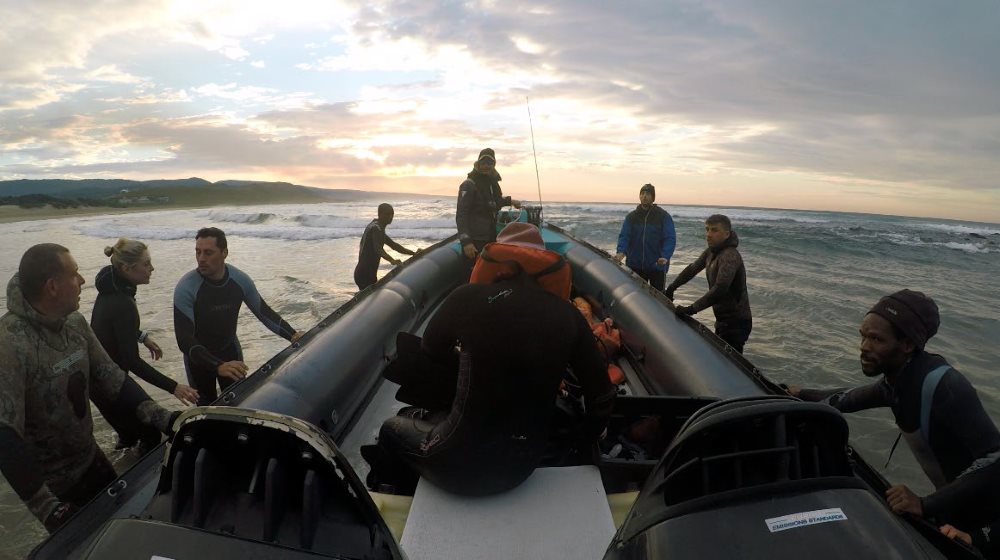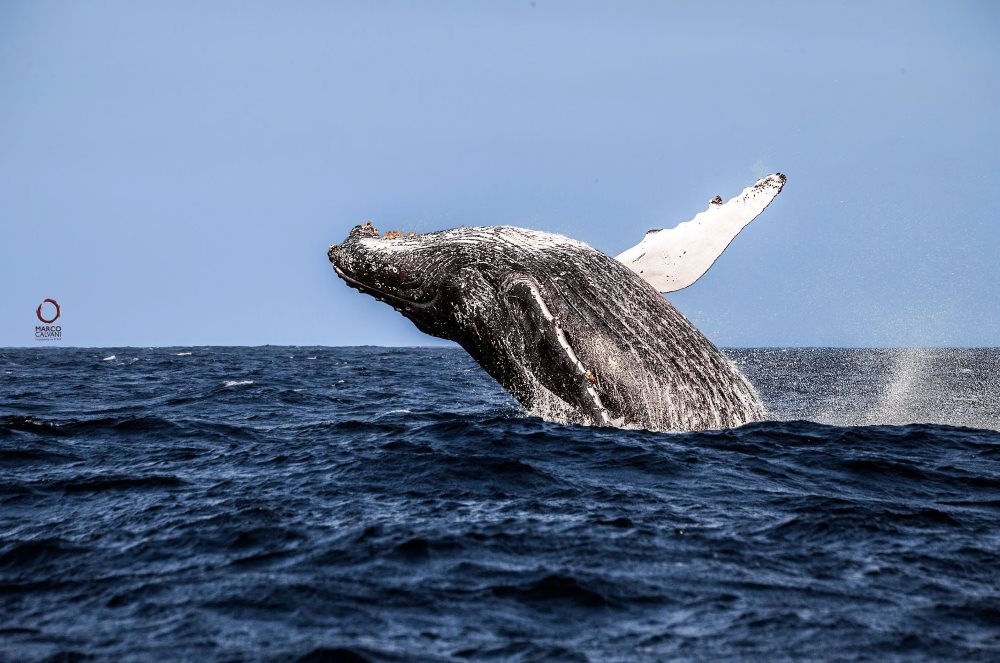
It happens all the time when you meet a friend and you tell him: “I am going for the Sardine Run”.
It happens all the time, again, when you say that you are going to see the Sardine Run to a friend of yours, who does not know pretty much anything about diving in general.
It happens all the time to find yourself explaining what the Sardine Run really is, and why you chose to book for it, making the best description you can, yet knowing that it will never be enough.
The truth is easy: nobody knows what this marine event is, till the moment you get on board, early morning, when it is chilly and, after a cruise that can be hours, days or weeks long, the skipper and the Dive Master together say: “GO”!

So, here is the main, simple, hard-to-answer question: what is the Sardine Run?
Looking at what Wikipedia says about that, shortly is: “The sardine run of southern Africa occurs from May through July when billions of sardines […] spawn in the cool waters of the Agulhas Bank and move northward along the east coast of South Africa. Their sheer numbers create a feeding frenzy along the coastline.
The run, containing millions of individual sardines, occurs when a current of cold water heads north from the Agulhas Bank up to Mozambique where it then leaves the coastline and goes further east into the Indian Ocean.”
Basically, this means that every year, during winter austral time, along the South African coast from south-west to north-east there are shoals of sardines to be sighted by humans and hunted by dolphins, sharks, penguins, cape fur seals and, obviously, whales.
Meanwhile, pods of humpbacks and -rare yet possible- orcas are migrating too and the chance to witness to a couple of breaching is not uncommon.

Now, being honest, according to Wikipedia statements not many people would be interested. Not many, but scientists are. For us, “common” persons, it is a matter of patience during the cruise, waiting to have good news from the Skipper who is in contact with the “eye in the sky”: the microlight. It is all a matter of experience, instinct and “nose” for the action.
So let’s step back to the human point of view, because seeing this wonderful, mesmerizing, crazy underwater madness is not easy.
Point number one: it is chilly.
Indeed it is. Having during a normal day, in June-July, a daily air temperature excursion of about 20 degrees Celsius, waking up early in the morning with no more than 8 degrees Celsius, might make quite offensive thinking that an adult, mentally sane, pays to be ready
for this adventure. Yet it warms up quickly during the day and, having a bit of luck, the weather can let the sun shine until it reaches 28 degrees Celsius.
Point number two: the boat launch.
People who never came to South Africa can barely imagine what preparing the launch means. First, the inflatable gets off the trailer, sliding on the shallow water. Then, the whole group of participant, helped by the operator’s assistants, turn the boat from the backside to the front, while the swell pushes the inflatable away and sometimes pushes it against yourself. Finally, only when the skipper finds the right direction, upon his experience, everybody can jump (literally JUMP) on board, wearing lifejackets. From now on, the rollercoaster goes on. Depending on the sea conditions and the height of the swell, going off shore can be either a quite smooth launch or a throttle bumping
against every wave.
Point number three: being at sea.
Finally, we are all cruising for finding marine activity to watch underwater, when it is about 8 a.m. The temperature rises as well as the sun (if it’s not cloudy), warming us up.
Just remember that you’re staying on board the whole morning, often until the early afternoon, and the sea might be a little rough, to use an euphemism! In case you suffer from seasickness, you’d better think about taking the appropriate medications…

Let’s go back for a while to the opening topic: “I am going for the Sardine Run”.
What is the matter pushing somebody to make this effort?
It’s probably the hope to jump into the ocean for swimming with dolphins, or maybe the will to cruise with whales while they are migrating and sliding smoothly on the surface, for getting a close “eye to eye”, or even to get the emotion of the rush of a baitball, which comes closer and closer while gannets, dolphins and sharks are feeding frantically.
The emotion to feel that frenzy life and listen to this particular “marine ballet”, in a kind of “Broadway of the Ocean”.
The emotion of being in front of a baitball hunted by dolphins and sharks, and being mesmerized by the shining of the sardines’ bodies.
The emotion to hear the cape gannets splashing into the water like bullets and flying till the depth of more than 20 meters, and finally emerging with a prey in their beaks.
The emotion to have a whale coming at the very last moment, making confusion in a confusing while and getting a free meal in just one huge whiff.
At the end, it’s an emotion.
Or rather, this is THE emotion.
The one that any common diver has on his bucket list.
The ultimate emotion that any “normal” adult may remember, such as his wedding day, or when children are born. Such as any very natural, beautiful thing that happens in Life.

The author
Marco Calvani was born in Civitanova Marche (ITALY) on the 20th of ugust, 1983. He started diving in 2005.
After more than a decade working as a TV producer and photographer, in 2014 he decided to move to South Africa, where he lived for the next three years.
From there, he started to organizing safaris and underwater expeditions in South Africa like: the Sardine Run; the Tiger Shark Week -at the Aliwal Shoals-; diving in False bay and Walker bay, for sighting the Cape fur seals
and the Sevengills sharks around the Kelp forest.
He also organized free diving weeks in Norway, to see Orcas at about 300 km from the polar circle.
Now, Marco lives in Italy with his wife Anna, but continues to take people all around the world, under and above the water.
WORDS AND PICTURES by Marco Calvani

















